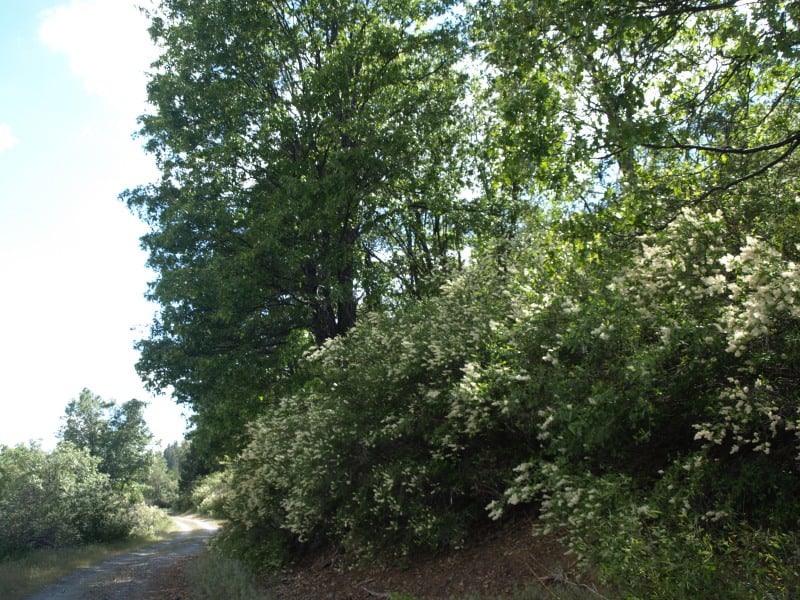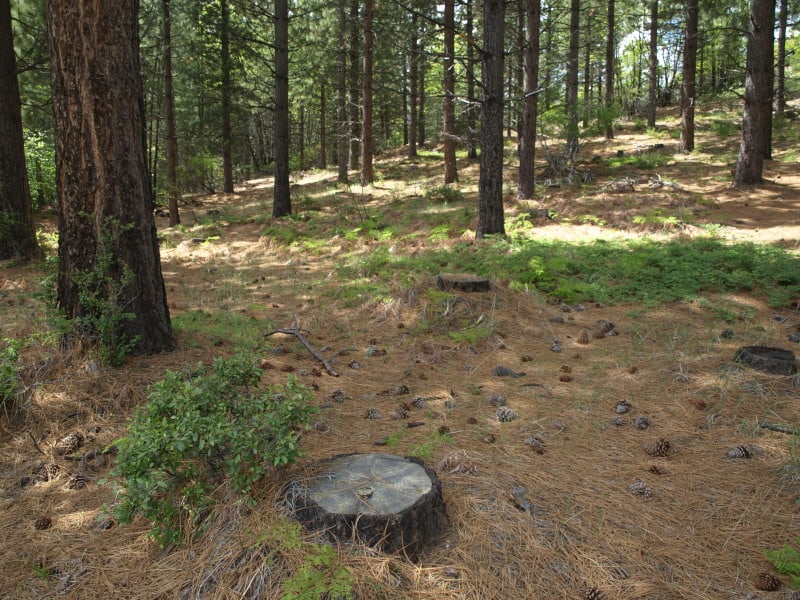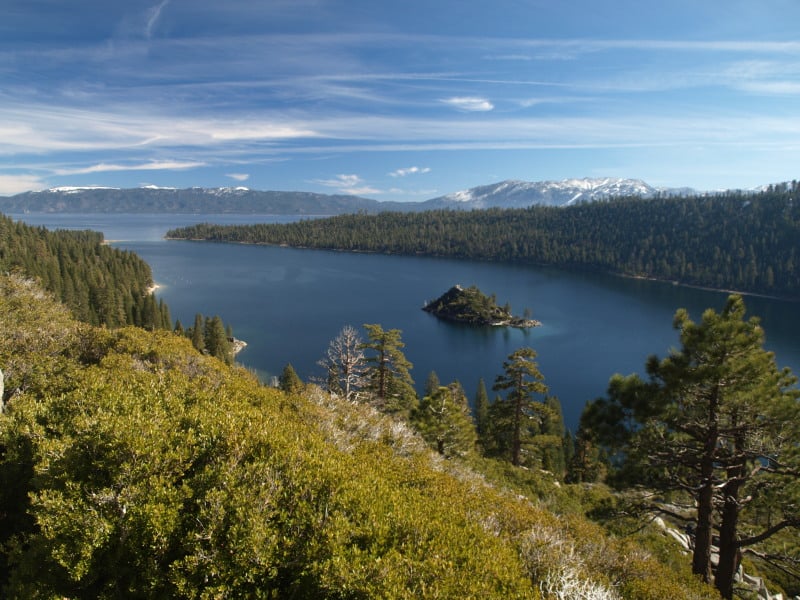Whitebark pine is a candidate for listing under the Endangered Species Act (meaning that listing is warranted). The U. S. Fish and Wildlife (and tree) Service has recently downgraded its priority for listing from 2nd priority to 8th.
The primary threat to the species is from disease in the form of the nonnative white pine blister rust and its interaction with other threats… However, the overall magnitude of threat to whitebark pine is somewhat diminished given the current absence of epidemic levels of mountain pine beetle, and because of this, individuals with genetic resistance to white pine blister rust likely have a higher probability of survival… Overall, the threats to the species are ongoing, and therefore imminent, and are now moderate in magnitude.
White ash is not a candidate for listing under the Endangered Species Act. However, it is threatened with extinction as result of the introduced emerald ash borer. The Forest Service is applying euthanasia treatments to the Allegheny National Forest.
The Emerald Ash Borer Remediation project would regenerate stands that have been or will be affected by non-native invasive insects. The purpose of this project is to manage the proposed treatment areas on the Bradford Ranger District to achieve a diversity of desired forest trees, a healthy and resilient ecosystem, and diminish the risks and consequences of forest health threats.
Desired tree seedling species do not develop in sufficient quantities on the Allegheny National Forest without intensive forest management. Interfering understory vegetation generally outcompetes tree seedlings. It is a result of decades of selective deer browsing (Horsley, Stout, deCalesta 2003). Unless management actions create suitable conditions for the establishment and development of desired tree seedlings, important ecological structure, function and processes will not be maintained in stands where white ash, American beech and Eastern hemlock individually or collectively make up the majority of the community.
Managing and regenerating declining stands now will promote natural regeneration of desired trees. It will sustain healthy, well-stocked forested stands over the long-term. This project is designed to address project area forest health concerns by regenerating stands before natural regeneration opportunities are lost.
Projected mortality is 99% of the affected trees without treatment (presumably it’s 100% with the treatment). They don’t say what “desired trees” they are regenerating, and I can’t make much sense out of “natural regeneration” from the trees that would be “lost” (since they will be logged). It looks to me like they are making sure there are no survivors, and if this is practiced across the range of the white ash, it would obviously become a candidate for listing. Is there a better way? Especially in the two old growth management areas where some of this project would occur, where making money off of timber harvest is not part of the purpose? (Maybe killing deer would help – how about reintroducing wolves?)
Here’s the story that got my attention. It mentions the need for a forest plan amendment, but the Forest Service documents do not mention this (and it would have to be part of the scoping package).





















